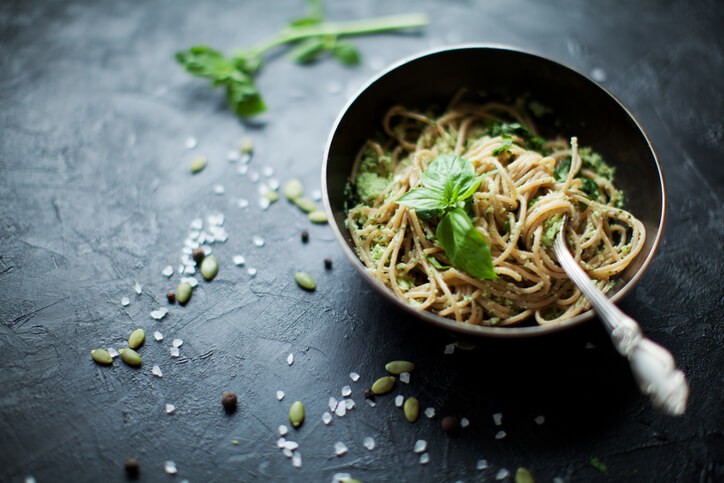
2 “Healthy” Foods That Are Underrated
Two of our registered dietitians were recently asked to contribute to an article geared towards diabetics on “healthy” foods that are underrated.
First, let’s clarify that “healthy” is defined as the (1) the absence of disease or (2) promoting good health. While food can certainly contribute
to overall health, there is no single food that represents all of the nutrients the human body needs. Likewise, there is no one food that can
cause disease. As dietitians, we often cringe when someone asks “what are the healthiest foods to eat?” or “this is a really bad food, isn’t
it?”. These questions are loaded and a direct result of the diet culture we live in fueled by the multi-billion dollar diet industry. The
truth is, there are so many different foods, all of which contribute to overall health. In fact, variety is likely to have a greater overall
impact on health than any singular food. We dietitians also know the value in food extends far beyond it’s nutrients. Food provides taste
and sensory satisfaction, social connection and comfort. So here’s what our dietitians had to say about some of their favorite “healthy” foods
that are underrated .
Pasta
Pasta is a delicious and nutritious food that has really gotten a bad rap over the past decade. First off, there are so many types of pastas now.
We can choose from traditional pasta, whole wheat pasta, chickpea pasta, black bean pasta…the list goes on. I’m here to talk about the wheat
variety since this is what is most readily available and the most common.
healthy diet.
it’s own flavor, a bit more nutty, and may also be used in any kind of dish though it definitely has a more distinct taste. And yes, there is a nutritional
difference between the two but neither is bad for us. Generally, we hear whole wheat pasta has more fiber, and it does, so maybe you could add vegetables
to a traditional pasta dish to add more fiber in the dish. Problem solved. Also, whole wheat pasta has more B vitamins and the minerals, potassium,
magnesium and phosphorous. However, we can get those nutrients from other foods throughout the day including meat, dairy, leafy greens and potatoes.
able to get enough nutrients that meet our needs.
tell them that I would definitely pick pizza. Not only is pizza a favorite food (partly because it reminds me of Trenton style pies from my hometown
in NJ, and mostly because it tastes scrumptious) but, in my professional opinion, it is one of the more complete nutritional options out there. Depending
on the slice, you are hitting on all of the macro (and many of the micro) nutrient groups: cheese (protein and fat), tomato sauce (“vegetable”), crust
( carbohydrates), optional veg (vitamins, minerals), optional meat toppings (protein)…And these nutrients work SO beautifully together. For
example, the fat and protein in the cheese helps to slow down carbohydrate breakdown and absorption which likely leads to lower post meal glucose levels
(in those of us who are monitoring), and the vitamin C in tomato sauce helps to absorb the vitamin D in the cheese which helps us to absorb the calcium
in the cheese. Yay for strong bones! Just to name a few of the exciting nutrient collaborations that emerge from pizza. The list goes on…
veg, for example, and you are determined to get it ALL in there, maybe opt for a side salad. Or don’t. You are still likely cramming a lot of good
into one meal.
or “bad” of foods. Nikki and Anne’s comments weren’t included in the editorial. While it may be a less sensational message, all foods really
can fit into a healthy diet…. yes, even for diabetics. AND satisfaction is a crucial component to eating. We highly recommend the book
Eat What You Love, Love What You Eat for Diabetes, a collaboration between Michelle May, MD and Megrette Fletcher, MEd, RD. Diabetic or not, you
need not fear any food!



